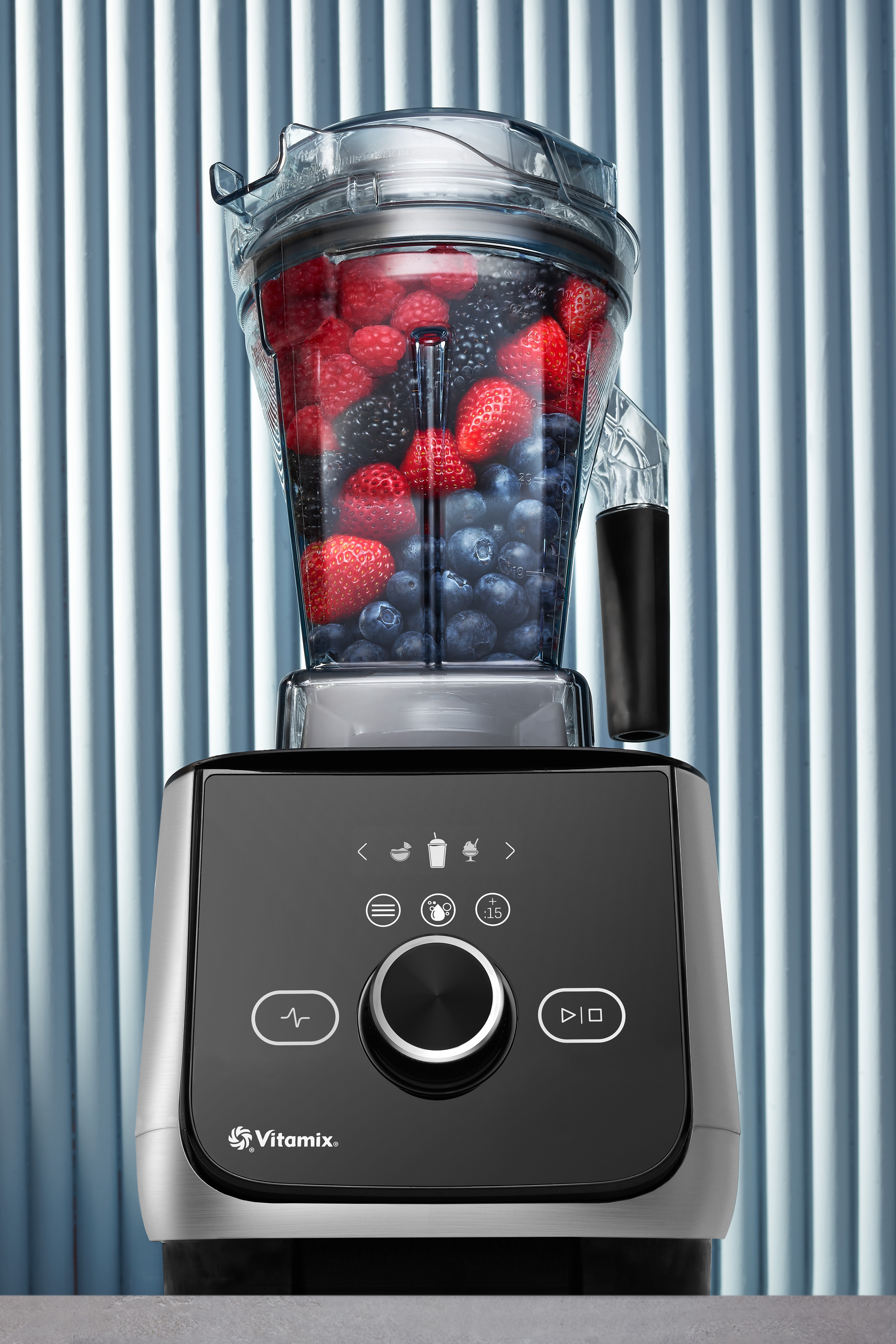With late-night snacks, soft-serve machines, and the shift from home-cooked meals to cafeteria food (hello, pizza and French fries!), it can be hard to incorporate healthy eating practices into the college lifestyle.
It’s possible to make good choices, despite the challenges presented by dining hall cuisine, limited cooking space, and your busy, often unpredictable, schedule. Here are four tips to get your college years off to a nutritious start.
1. Master the dining hall
Dining halls often present less-than-healthy meal options … and plenty of them. It’s generally a good idea to skip any entrée covered with cream, butter, gravy or other rich sauces. Even items that may seem healthy on the surface, like cooked vegetables, may be swimming in butter or margarine. When in doubt, don’t be afraid to ask the dining hall staff about ingredients.
Head to the salad bar for lunch or dinner. It’s a good way to get fresh servings of veggies each day. Load up on nutrient-packed leafy greens (instead of iceberg lettuce) and lots of raw, colorful vegetables. To stay full, add a fist-sized portion of protein in the form of chicken, fish, eggs, or lentils. Instead of reaching for the ranch dressing, opt for oil and vinegar, or make and take your own to ensure fewer preservatives, sugar and salt. To keep your meal interesting, switch up the dressing flavors or go in with a salad recipe or style in mind. In addition to getting your greens, enjoy fresh fruit with your meals, or throw an apple in your backpack to satisfy snack cravings between meals.
Salad dressing recipes to try:
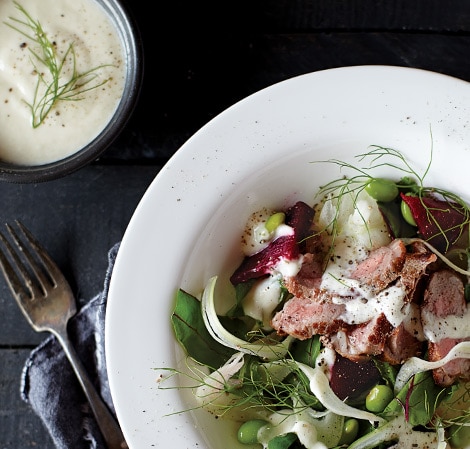
Avocado Ranch Dressing
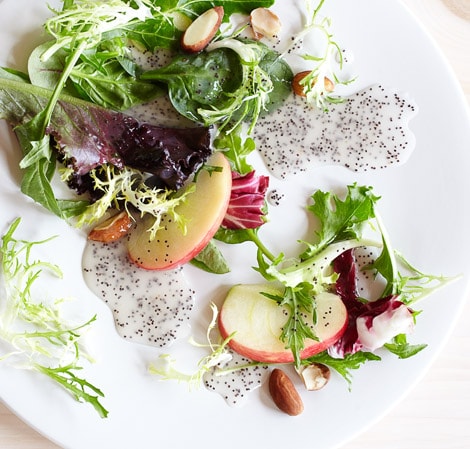
Poppy Seed Dressing
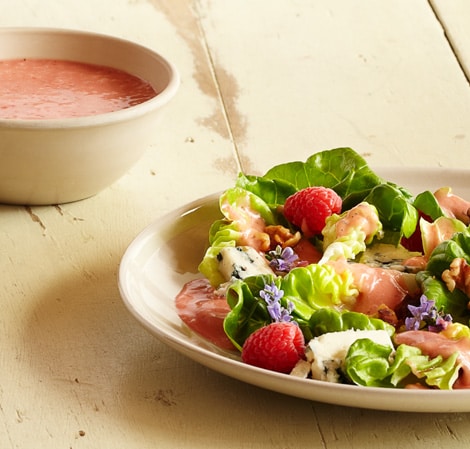
Raspberry Vinaigrette
2. Make easy swaps
Even small adjustments go a long way when eating on and off campus. Go for the fresh avocado versus mayo on your sandwich; pick whole wheat or whole grain bread instead of white; season with pepper rather than salt; and drink water instead of sugary or artificially sweetened beverages. When it comes to coffee, stick to regular Joe over pre-sweetened specialty drinks. Limit the use of flavored creamer, consider alternatives like almond or oat milk, and skip the whipped topping.
Tasty swaps to replace less-healthy alternatives:

Oat Milk
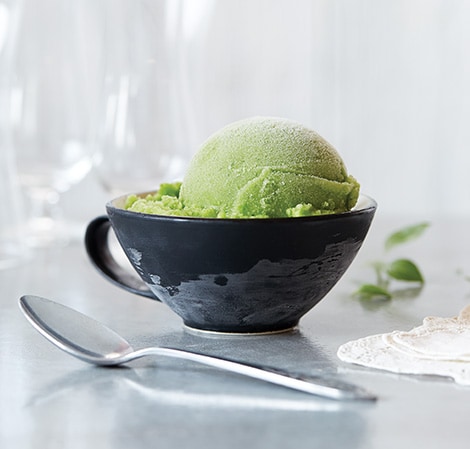
Green Apple Ice Cream

Lemon Parmesan Popcorn Seasoning
3. Have fun with cooking
If you rent an apartment or house with a kitchen, put it to good use. If you’re in a dorm, look for a community kitchen to utilize for basic meals or snack prep. You can do a lot with some essentials: a microwave, fridge/freezer, stovetop or hot plate, and a good blender. Check out your favorite YouTube channels or cooking shows for culinary inspiration.
Don’t feel like cooking alone? Invite friends to a recipe potluck night where everyone brings one ingredient to make a meal together. Turn any gathering into a proper fiesta—and sneak in some tasty fruits and vegetables—with flavorful dips like homemade guacamole and salsa.
Dinner fiesta recipes to try:

Mango Salsa

Guacamole

Tortilla Soup
4. Prep for the day (or week) ahead
With the get-up-and-go mentality of college, planning ahead—and equipping yourself for unexpected days—is always a good idea, especially when it comes to nutrition.
Start your day with more energy. Make a smoothie or whole-food juice packed with fresh fruits and vegetables gathered from the dining hall or market. Blend the night before and pour into a to-go cup for a quick grab-and-go breakfast. Whole-food energy bars and filling fruits like bananas and berries are also great options to fuel your day and maintain focus.
When you opt for prepackaged foods, always check labels. Look for real, recognizable ingredients and skip the ones with items you can’t pronounce. Choose snacks like popcorn, nuts, pumpkin seeds or Greek yogurt that have been minimally processed and offer nutritional benefits, while satisfying your need to nosh. Sorry, cheese curls, that doesn’t include you!
Energy-packed recipes to fuel your day:
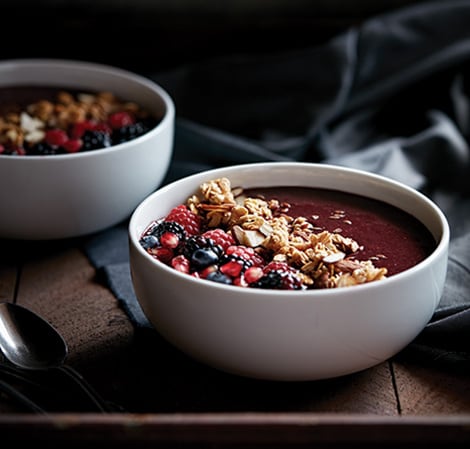
Acai Bowl
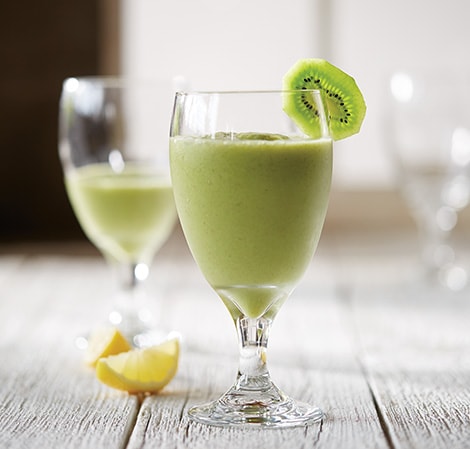
Good Morning Green Smoothie
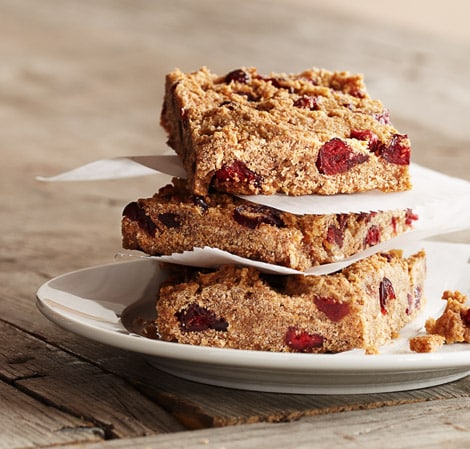
Vitamix Granola Bars
Of course, any college experience includes late-night pizza orders and the occasional junk food run, but a healthy day-to-day approach will provide much-needed balance. Share how your Vitamix blender helps you to eat healthier in college: use #myvitamix.
